What is cool?
Cool isn’t just about looking good—it’s about confidence, effortless charm, and the ability to own any moment without even trying.
Today, I want to talk about Walt “Clyde” Frazier, a New York Knicks legend, and arguably the definition of cool.
At 6’4’’, the man dripped style, handled the ball with effortless elegance, and won championships while making it all look easy. No one before or since has had swag and substance quite like him.
The Man, The Myth, and The Suit
Let’s start with the nickname—Clyde. Imagine being named after an outlaw. Cool. It came from his Bonnie and Clyde-inspired fedora that fit his persona like a tailored suit. And speaking of suits, Frazier’s wardrobe is the stuff of a legend.
While most NBA players in the '70s were happy with bell-bottoms and afros, Clyde was redefining what it meant to be stylish. Mink coats, custom three-piece suits, silk shirts, and wide-brimmed hats became his signature. He didn’t just dress well, he dressed better than anyone.
Frazier was the first NBA player to have a signature shoe—the PUMA Clyde.
Of course they were suede.
Even now, decades later, his game-day outfits as a Knicks color commentator are a work of art—psychedelic patterns, leopard print, neon design, and textures that shouldn’t work together but somehow do. He’s a walking museum of bold fashion choices, and unlike most who try, he doesn’t look ridiculous.
I mean, take a look.

Game Seven
Frazier’s style wasn’t just about clothes—it was how he played, how he moved, and how he dominated the biggest stage.
“It’s Clyde’s ball. He just lets us play with it once in a while.”
-Knicks captain Willis Reed
It’s Game 5 of the 1970 NBA Finals, Knicks are facing a stacked Lakers roster led by Jerry West, Elgin Baylor, and Wilt Chamberlain. The Knicks had superstar and League MVP, Willis Reed, averaging 22 points and 14 rebounds per game. Well, he got injured. Clyde put the team on his back and got the win.
In Game 6 back in Los Angeles, without Reed in the lineup, New York got obliterated by the Lakers, with Wilt Chamberlain dropping 45 points and 27 rebounds.
Only a couple days later, Frazier had the best individual performance in a Finals Game 7 EVER.
This Game 7 is often (mistakenly) remembered for superstar Willis Reed playing injured and limping on the court, when the real hero was Clyde.
The stakes could have not been any higher—Frazier was the floor general in the most important game ever played at Madison Square Garden. He put up 36 points, 19 assists, and 7 rebounds on an absurd 80% true shooting, securing the Knicks' first NBA championship.1
“I always tried to hit the open man when I played, but that night I was the open man.”
-Walt Frazier
It was a statement. New York belonged to Walt Frazier.
Isn’t that cool enough?
Clyde was not only a defensive weapon, but also was cool under pressure, never rushed, and always in control. His game was smooth, precise, and completely his own—just like his life outside of basketball. According to his opponents, he moved faster than a lizard’s tongue.2 He never came close to receiving a technical foul in the NBA. "Why argue with the refs?" he asks. "Ever see one change his mind?"
Clyde was respected by everyone and hated by no one.
The Parties, The Cars, The Women
“It is scarcely any secret that Walt Frazier drives a Rolls-Royce, that not long ago he moved into a 45th-floor apartment on New York's East Side, a 7½-room spread that he is now sprucing up with a pool table and sauna. The apartment has a dozen closets which are already so crowded with velour suits, flowing capes, and the like that Frazier has to hang his $5,000 black ranch mink coat in one of the bathrooms.”
-Jerry Kirshenbaum for Sports Illustrated. February 10th, 19753
1970s, New York City skyscraper with a round bed, a mirrored ceiling and wall, and "Clyde” engraved. Come on.
Clyde didn’t just play in New York—he owned it. The clubs, the after-parties, the scene—he was at the center of it all. His house was a revolving door of celebrities, models, and musicians. The Knicks’ starting point guard had an undeniable magnetism or aura; a presence that made people lean in when he spoke.
He was a frequent presence at Studio 54, the most iconic nightclub of the era, where celebrities, rock stars, and big names like Sophia Loren partied.
While others looked for the spotlight, Clyde was the spotlight—moving untroubled through the chaos in his signature fits, always in the company of stunning women.
If Clyde pulled up, you knew it was going to be a good night.
The Legacy of Cool
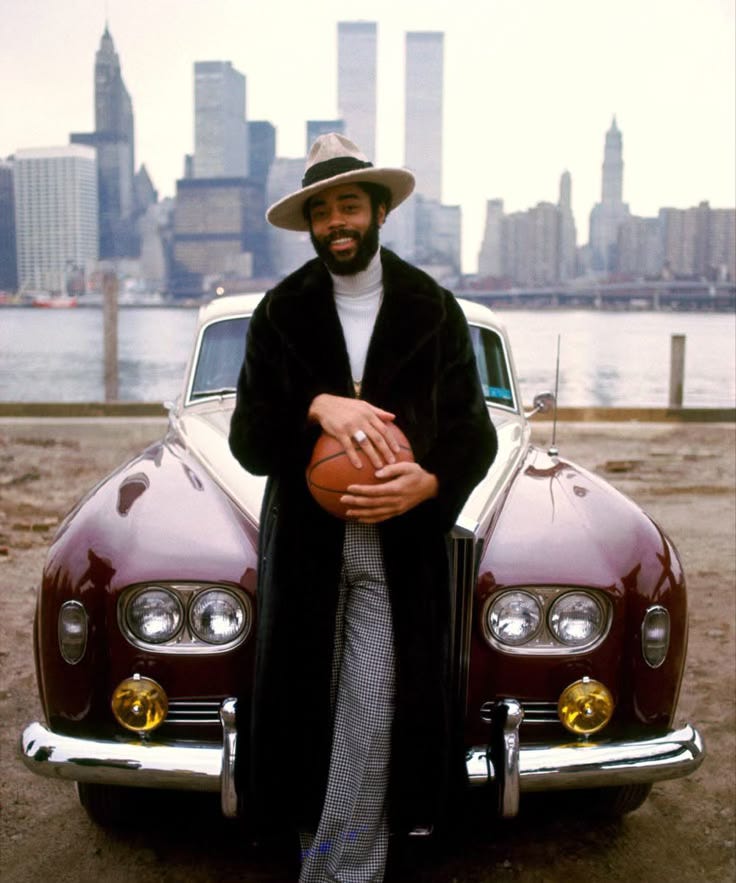
Walt Frazier hasn’t lost a step. As a Knicks broadcaster, he remains the smoothest guy in The Garden, breaking down games with poetic cadence and by rhyming phrases which have become a signature of his style.
Madison Square Garden is The Mecca; Frazier gave it the rings and the bling.
Clyde never sold out, never compromised, and never stopped being the coolest guy in the room. Whether he was leading the Knicks to glory, shutting down an opponent, or strolling into a club in a full-length fur coat, he did it all with finesse.
Some athletes win championships. Some have legendary style. Some become icons. But Walt Frazier? He did all of it. That’s why he’s the definition of cool.
Walt Frazier did not own the moment; he was the moment.
Thanks for reading!
-E
Legends don’t stop at one—he led the Knicks to another championship in ‘73. Where he should have won Finals MVP. But did’t. Reed did.

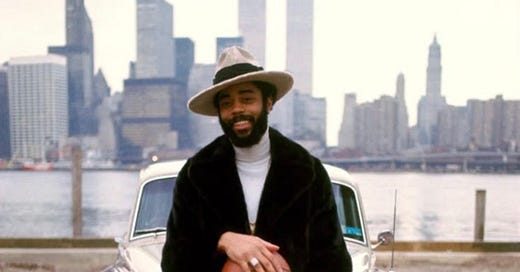


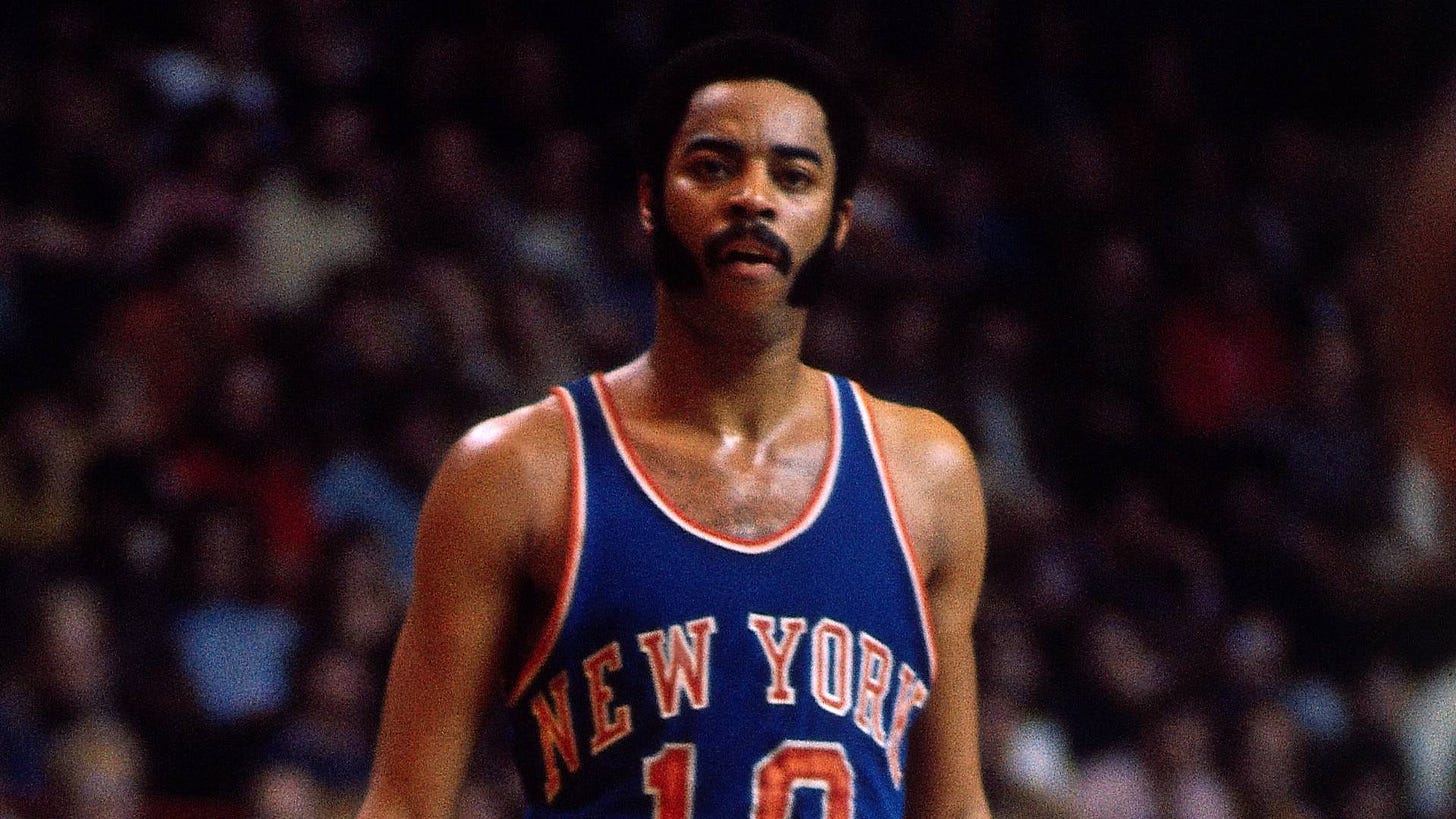
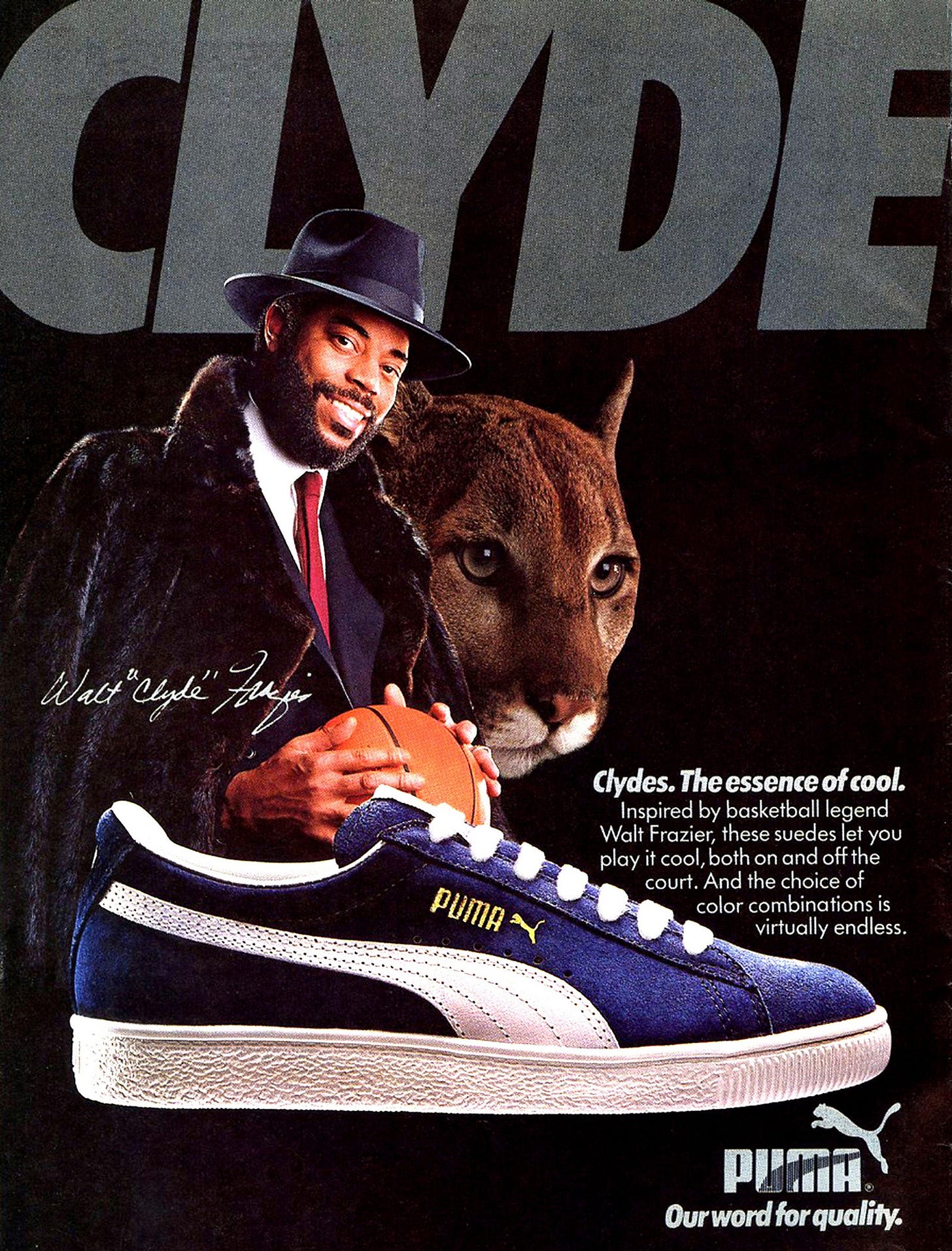
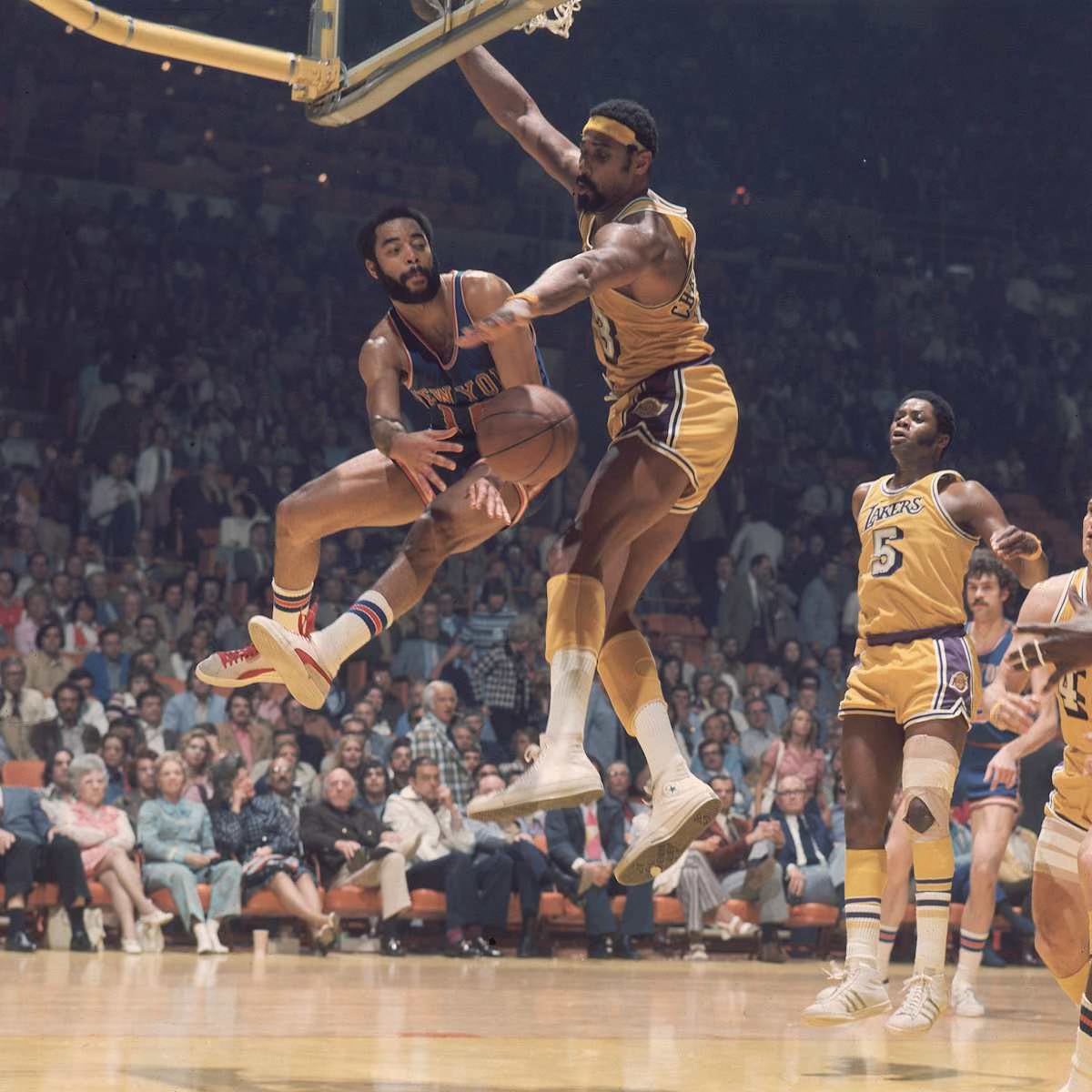
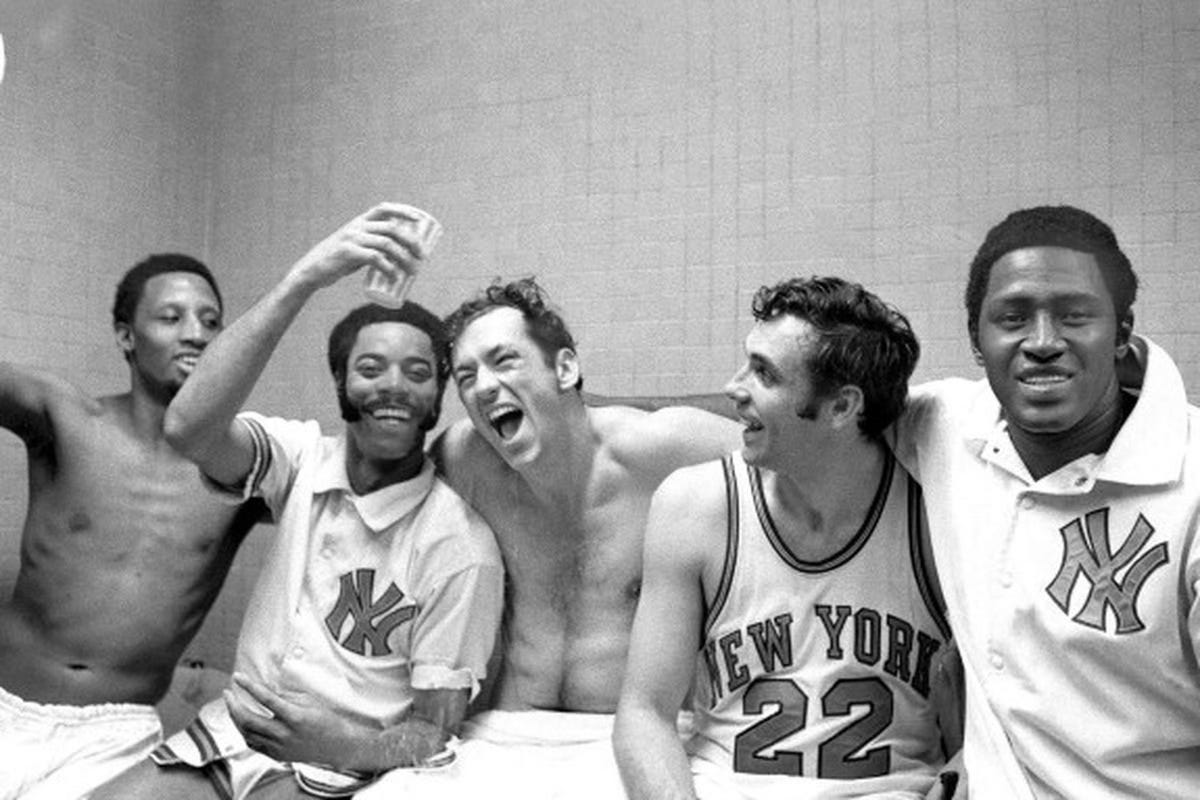
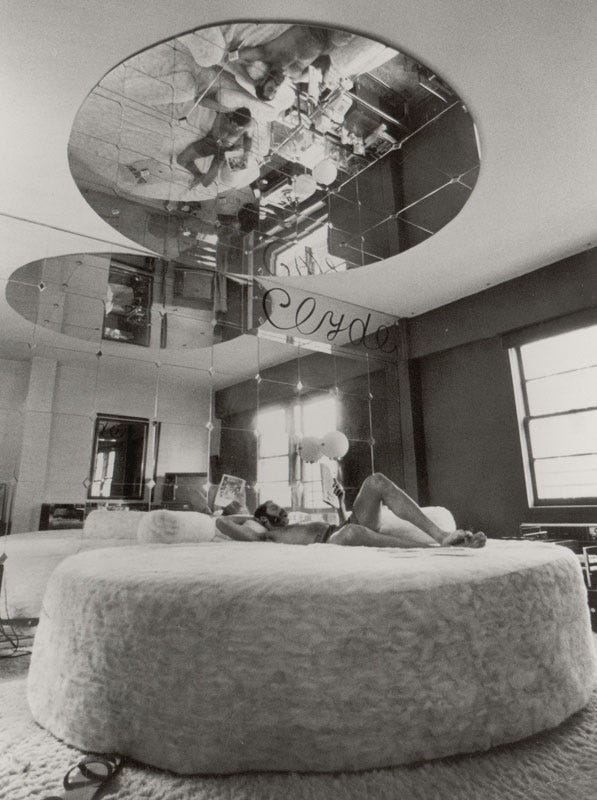
those were definitely his pronouns
Very true 👏